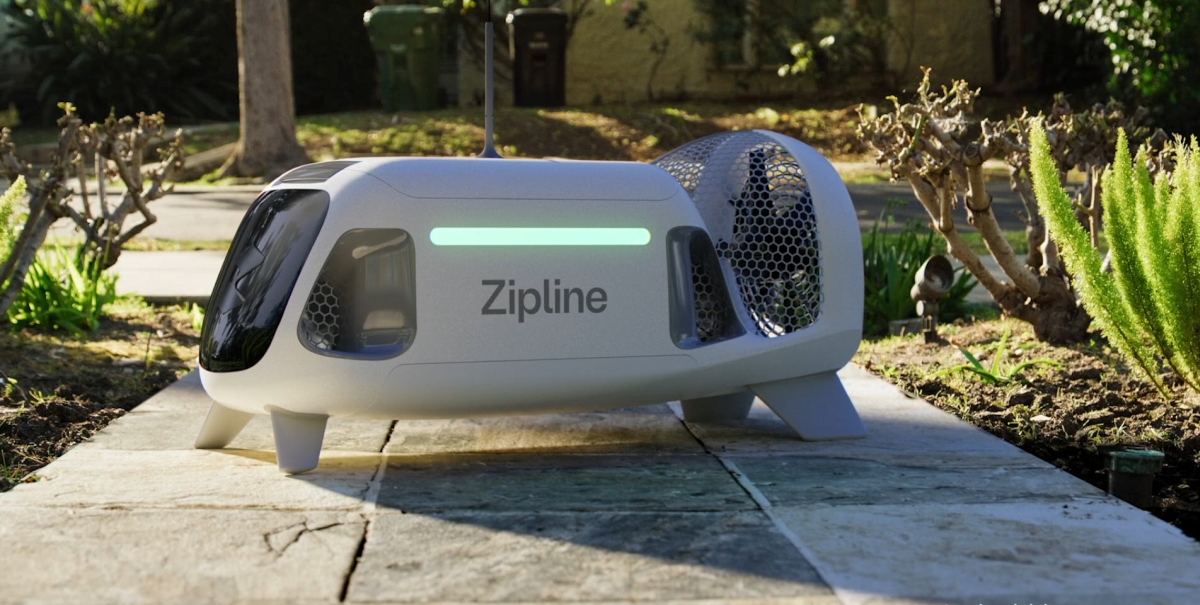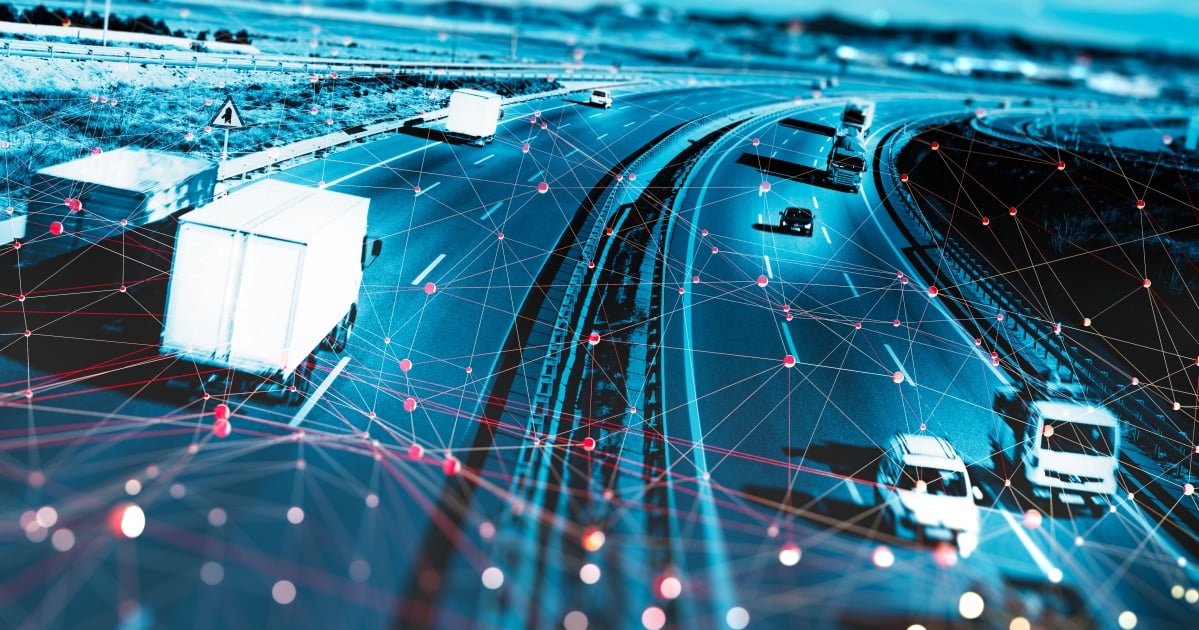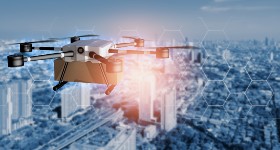
Globally, the transportation industry is going through significant disruptive changes. The key driver behind this transformation is the emergence of autonomous vehicles. More than 12 million fully autonomous vehicles and more than 18 million partially autonomous vehicles are expected to be sold annually by 2035, according to Boston Consulting Group. While still in a nascent phase, the potential applications for autonomous vehicles are already being explored.
Earlier this year, one of the largest fast-food restaurant chains and an American multinational automaker joined hands to deliver pizzas in Ann Arbor, Michigan, making randomly selected customers a part of the driverless vehicle acceptance testing. In Rwanda, autonomous drones are delivering medical supplies and blood for transfusions in remote districts. These drones are eliminating life-threatening delays, according to MIT Technology Review. Scuba divers will soon be able to use a tiny drone vehicle to scout the ocean depths before diving, potentially improving safety. And if Dubai has its way, it will become the first city by the end of the year to have unmanned aerial taxis, according to Newsweek. As if Dubai wasn’t futuristic enough!
Underlying all this is an unprecedented opportunity for vehicle manufacturers and their partners in the value chain: they can become the custodians—and drivers—of the largest and most sophisticated on-the-go computing environments.
What will change?
Clearly, autonomous vehicles will alter existing social and business norms. A short and quick list of what to expect tells us how widespread the change will be:
- Autonomous vehicles will enable new business models around “Mobility as a Service” (MaaS).
- Cybersecurity will take center stage as vehicles connect and interact with each other and a number of third-party online systems.
- Given that most autonomous vehicles are likely to be electric powered the oil and gas business will face stress & the need to invest in renewable sources On the other hand, battery manufacturers & suppliers are likely to see a significant opportunity.
- Autonomous vehicles will be capable of being deployed in difficult and/or hazardous terrains, calling for an increasing number and types of sensors that generate data. E.g. Use cases in Mining operations such as Smart Drilling, Connected Mines, Remote Equipment Maintenance
- Beyond food delivery and e-commerce fulfillment, autonomous vehicles will see adoption within the logistics and packaged goods industry. The technology will make it easier to haul goods and merchandize over long distances by road, air and sea.
- Regulators will have to re-write compliance requirements to ensure new registration processes keep pace with evolving technology and performance standards. In the event of accidents or illegal and rogue events, regulators also need a way to clarify ownership of liability.
It is evident that autonomous vehicles will send ripples of change, impacting the auto manufacturing industry, auto dealerships, fuel suppliers and utilities, software, mobile application vendors, cybersecurity specialists, artificial intelligence (AI) , mapping experts, cloud providers, the semiconductor industry, telecom and communications providers, sensor manufacturers, insurers, parking providers and more. This will result in new players, products, supply chains, buy-outs and partnerships in the eco-system.
Leveraging the change
To take advantage of the fast-paced technology advancements, it is imperative that the industry ecosystem seize new opportunities around three key areas:
- Value Chains: The biggest disruption will be in the well-defined & traditional value chain of the auto industry. Today, original equipment manufacturers (OEMs) dominate the industry. However, as the value chain grows more software based and defragmented, the future will belong to those who provide software, integrated components, sensors, content and power management tools. In fact, software alone will account for 35 percent of the overall revenue generated by the growth in the autonomous vehicle segment. We have already seen this change unfold in the smartphone industry, where value has shifted within the span of a decade from hardware manufacturers to software and content providers.
- Sensors and V2X: LIDAR sensors, radars and cameras will provide the capability of viewing what is happening in the world surrounding autonomous vehicles. This data combined with the help of a map will provide context to vehicles, allowing them to respond to different events. Often, sensors with similar capabilities are used to provide data redundancy. This allows vehicles to deal with issues resulting from sensor failure. Going forward sensor manufactures will differentiate themselves in terms of robustness and cost. Seamless connectivity to entities outside the vehicle is crucial for the proper functioning of autonomous vehicles. This need will drive the growth of vehicle-to-infrastructure (V2X) technologies. In fact, V2X will be the centerpiece for next gen infrastructure with edge computing capabilities. In this domain, the development of 5G infrastructure will accelerate the realization of business application.
- Mobility-as-a-Service Providers: While earlier generations took pride in learning to drive and own a car, the current generation is showing a different trend. Millennials do not want to carry the burden of ownership and instead are driving the demand for mobility as a service. These ride share services will give rise to secondary provider opportunities in the form of design and maintenance, mobile platforms, cloud services and payment management.
There are two ways to view the coming revolution: `turmoil’ that will disrupt the industry or an opportunity to evolve. There is no doubt that traditional vehicle sales will drop, but if manufacturers are ready to tap into the connected services opportunity, there is a major growth down the road. Those that shed their dependence on engines and axels for revenue and move to power management, ride-sharing, location-based content, etc., to improve convenience and experience will see long term loyalty and expanding revenue streams.
Edited by
Ken Briodagh





